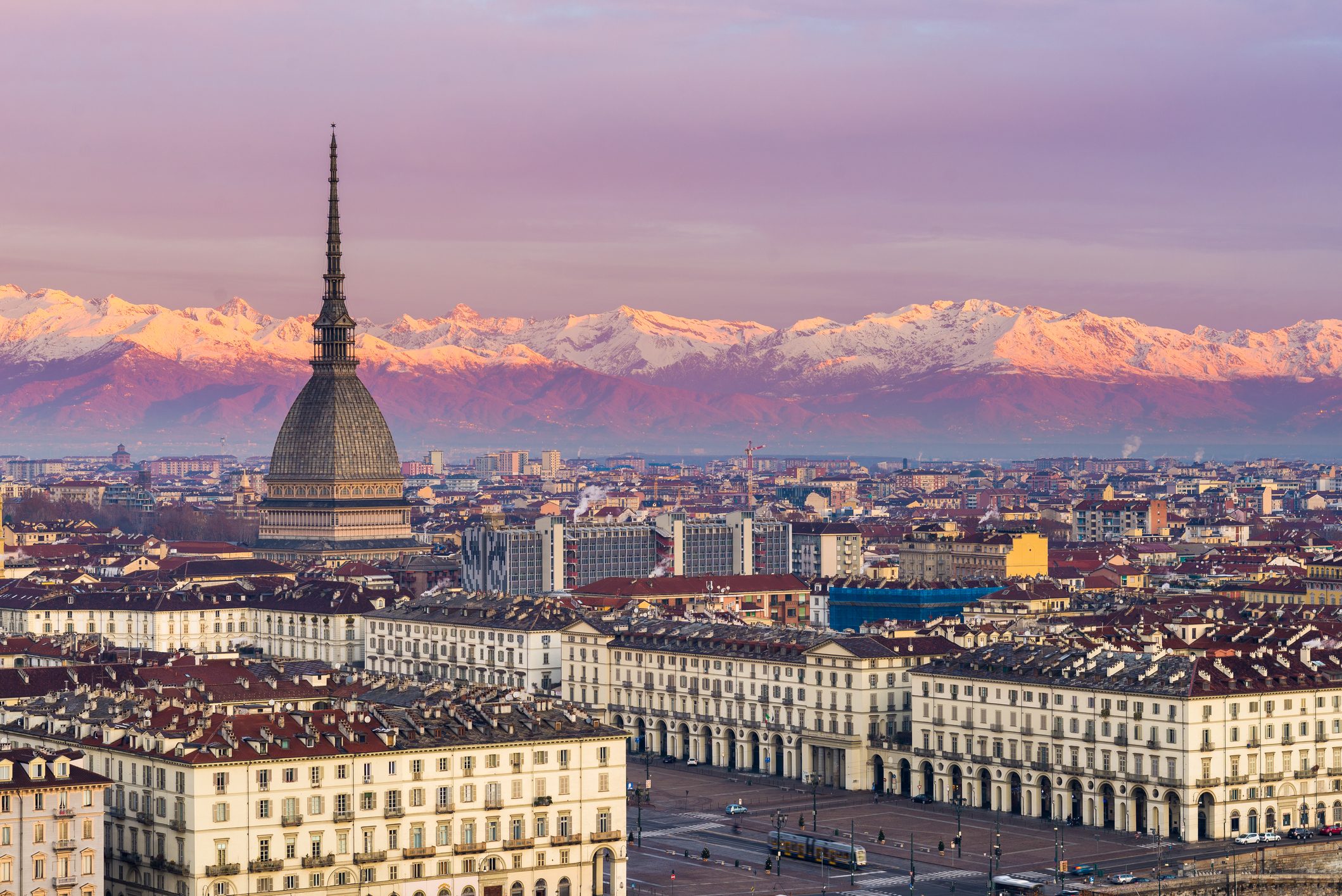



A city with a two-thousand-year history, it was probably founded as Taurasia near its present location around the 3rd century B.C. by the Taurini, a Ligurian (or Celto-Ligurian) population of northern Italy, and made into a Roman colony by Augustus under the name Iulia Augusta Taurinorum in the 1st century B.C. After Ostrogothic rule, it was capital of an important Lombard duchy, and then, after becoming capital of the Carolingian brand, came under the nominal lordship of the Savoy family in the 11th century. A city of the duchy of the same name, it became its capital in 1563. From 1720 it was the capital of the Kingdom of Sardinia (although only de facto until the perfect fusion of 1847, when it also became so formally), a state that would lead to Italian unification in the 19th century and that made Turin the first capital of the Kingdom of Italy (from 1861to 1865).
An important anti-fascist center during the Ventennio (1922-1943), it was the native or adopted home of some of the greatest Italian writers and literary figures of the 19th and 20th centuries, including Edmondo De Amicis, Emilio Salgari, Italo Calvino, Natalia Ginzburg, Norberto Bobbio, Cesare Pavese, and Primo Levi.
Home in 2006 to the 20th Winter Olympic Games, the birthplace of some of the greatest symbols of "Made in Italy" in the world, such as Martini, gianduja chocolate and espresso coffee, it is the hub of Italy's automobile industry, as well as an important center of publishing, banking, information technology, cinema, food and wine, aerospace, industrial design and sports.
Turin is an Italian city of 886 837 inhabitants, capital of the metropolitan city of the same name and of the Piedmont region.
- Province: Province of Turin
- Patron Saint: John the Baptist
- Area: 130.2 km²
Turin
Address: Piazza De Gasperi, 1
Phone: 011.535181
Site:
http://www.comune.torino.it/artecultura/Location inserted by
Luigi de Marchi